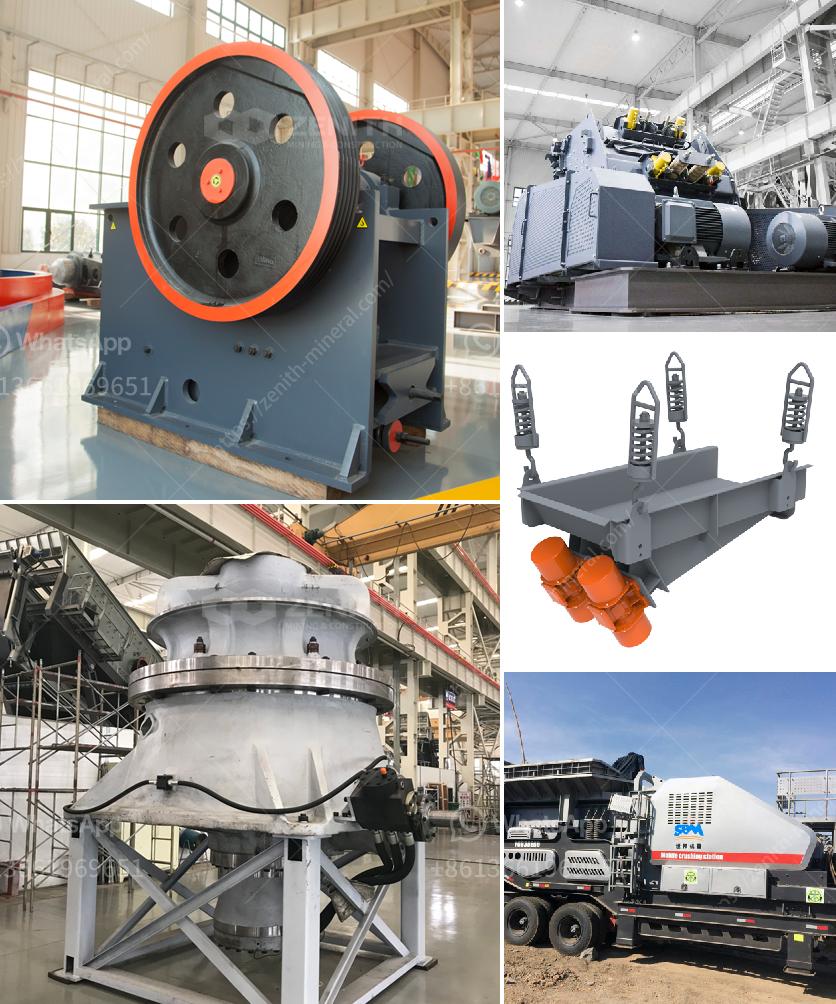The beneficiation of chromite ore involves various processes to increase the chromite content in the final product and improve its quality. When dealing with a throughput of 50 tons per hour, a detailed process flow needs to be meticulously planned and executed. Here’s an outline of a typical chromite ore beneficiation process:
Process Flow:
-
Crushing & Grinding:
- Primary Crushing: Use jaw crushers to break down the ore into smaller pieces.
- Secondary Crushing: Utilize cone crushers for further size reduction.
- Grinding: Employ ball mills or rod mills to obtain fine particles necessary for the succeeding processes.
-
Screening:
- Vibrating Screens: To ensure the material is of suitable size for the next stages.
-
Gravity Separation:
- Spiral Concentrators: Use gravity to separate the heavier mineral particles from the gangue.
- Shaking Tables: Further gravity-based separation to refine the concentrate.
-
Magnetic Separation:
- For chromite with iron impurities, soft or low-intensity magnetic separators can be used to reduce these impurities.
-
Flotation (if necessary):
- Flotation cells can be used to remove additional silicate minerals from the concentrate.
-
Thickening & Dewatering:
- Thickeners: To concentrate slurry and reduce the water content.
- Filter Presses or Vacuum Filters: To produce a dry concentrate for transportation and smelting.
Equipment List:
- Primary Crusher (Jaw Crusher)
- Secondary Crusher (Cone Crusher)
- Ball Mill / Rod Mill
- Vibrating Screens
- Spiral Concentrators
- Shaking Tables
- Magnetic Separators
- Flotation Cells
- Thickener
- Filter Press / Vacuum Filter
Operational Considerations:
- Feed Consistency: Ensure a consistent feedrate of 50 tph to maintain steady-state operation.
- Particle Size Distribution: Optimize crushing and milling to achieve the desired particle size for effective separation.
- Water Management: Efficient use and recycling of water is crucial.
- Captured Tailings Management: Develop strategies for tailings handling and environmental compliance.
- Maintenance Scheduling: Regular maintenance of the equipment to avoid downtimes.
Key Benefits:
- Higher yield of chromite concentrate.
- Improved quality and purity of the final product.
- Potential for recycling process water, reducing overall water consumption.
End Use:
Processed chromite concentrate can be utilized in various applications such as the production of ferrochrome for the steel industry or foundry sands.
It's pivotal to conduct a detailed feasibility study and pilot testing to adapt this generic process flow to specific ore characteristics and site conditions.

